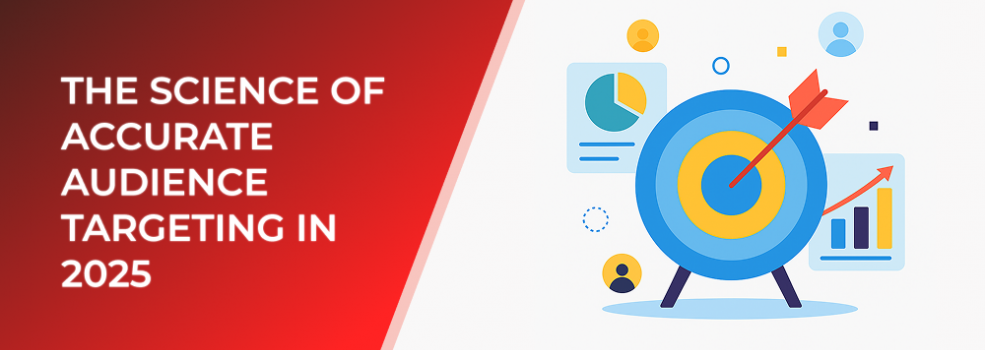This article explores the science behind precise audience targeting, revealing what’s changing, what’s working, and how brands can stay ahead.
Understanding the New Era of Targeting
In 2025, audience targeting has evolved beyond simple demographics and interests. With the rapid expansion of AI-driven analytics, marketers now rely on behavioral insights, predictive modeling, and contextual signals to reach the right audience with unprecedented accuracy. The focus has shifted from who the audience is to why they act the way they do.
Today’s data platforms process billions of interactions daily, offering marketers granular visibility into online behavior, purchase intent, and engagement trends. This enables businesses to deliver personalized ad experiences that resonate deeply with their customers, boosting both conversion rates and brand loyalty.
The Numbers Behind Precision
Recent industry data highlights how much precision targeting impacts performance:
-
68% of marketers say that AI-based audience segmentation improved their ROI within the first six months of implementation (Source: 2025 Digital Advertising Trends Report).
-
4 out of 5 campaigns using behavioral targeting outperform those relying solely on demographic data.
-
Companies applying predictive audience modeling report a 32% higher ad engagement rate on average.

Engagement uplift from behavioural targeting vs generic ads
These statistics confirm that audience accuracy is no longer optional—it’s the foundation of successful marketing strategies in the digital age.
How Data Drives Smarter Decisions
Data integration across platforms remains the key to accurate audience understanding. Instead of relying on isolated insights, successful marketers combine data from multiple sources—social media, CRM systems, website analytics, and advertising platforms—to build unified audience profiles.

Percentage of companies using AI for ad-targeting strategies in 2025
In 2025, advanced algorithms continuously refine these profiles in real time, learning from user behavior to optimize campaigns automatically. This automation saves time and eliminates guesswork, allowing brands to allocate their budgets more efficiently.
The Future: Contextual and Ethical Targeting
As privacy regulations continue to evolve, marketers are turning toward contextual targeting—placing ads based on the content environment rather than personal data. This method respects user privacy while maintaining relevance and engagement.
The balance between personalization and privacy defines the next generation of audience targeting. The brands that thrive will be those that combine transparency, ethical data use, and technological precision.
Key Takeaways
-
Data-driven targeting is now essential, not optional.
-
Predictive modeling and AI segmentation outperform traditional methods.
-
Ethical and contextual approaches are shaping the future of privacy-safe targeting.
You may also like:

